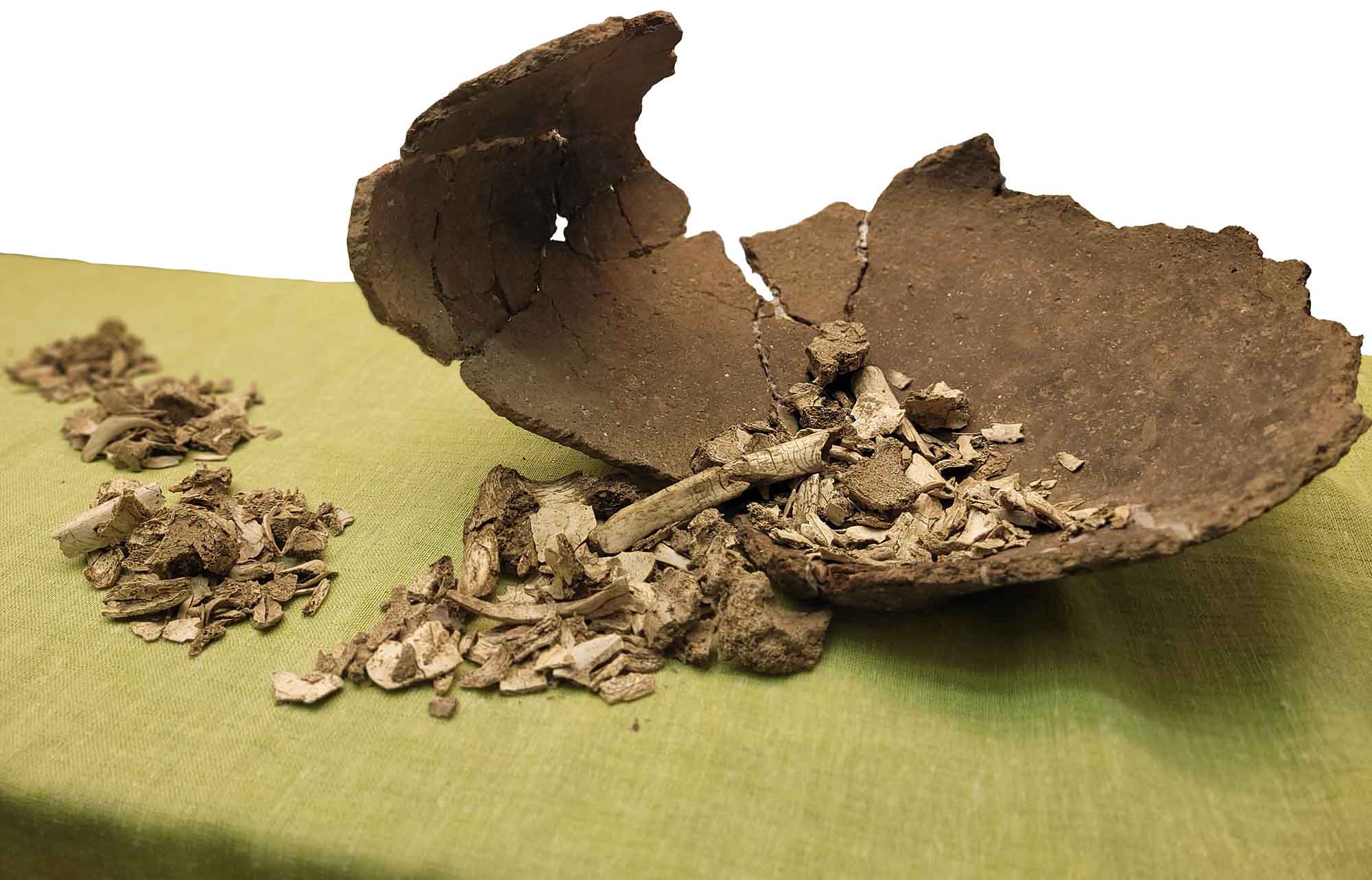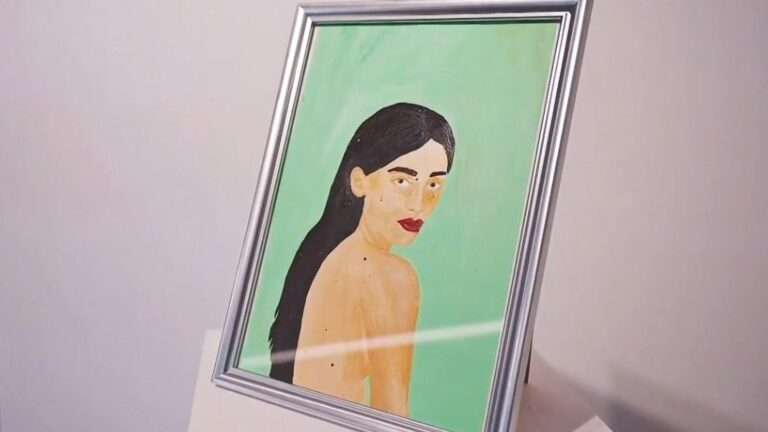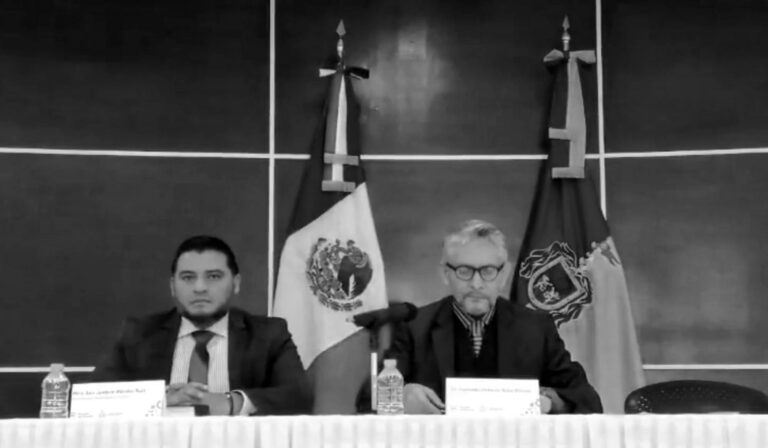Astonished scientists investigating Bronze Age burial urns have discovered that ancients were cremated with animals and their jewellery.
CT scans carried out by Austrian experts have revealed that ashes found in the urns were not simply human remains.
Scans on two urns revealed that their occupants had been incinerated with their jewellery and also found tiny fragments of sheep, wild boars, deer and goats.
The urns belonged to a woman and child who lived and died in a community near St Poelten between 1430 and 1260 BC.

Austrian Academy of Sciences – or OeAW – anthropologist Lukas Waltenberger said in a statement obtained by Newsflash: “We were not only able to find out a lot about the two individuals – a child aged between 9 and 15, with deficiency symptoms, and a woman aged between 23 and 32, but also to reconstruct the burial rites as precisely as possible.”
He said they had also found more than 19,000 charred plant remains – including millet, lentils, emmer, einkorn and elderberry -in the ashes.
Scientists believe the animals were burned as food offerings to gods while the plants were part of the funeral pyre.
Waltenberger explained: “The threshing residue, i.e. the stalks and spikelet forks that remain after threshing, were also in the urns. We assume they were used to light the pyre.”
During the study, scientists first made CT scans of the urns and their contents then later analysed them layer by layer.
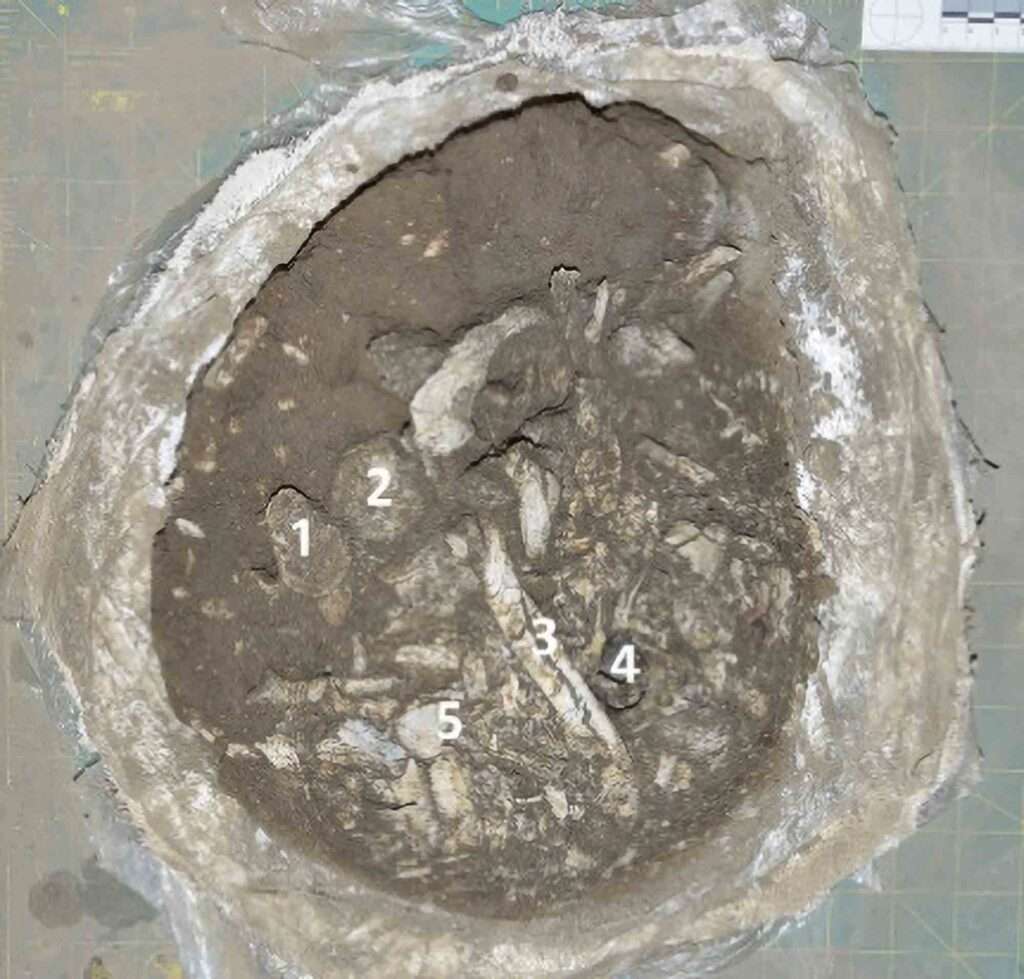
They then fixed the fragile bone remains with synthetic resin to make them easier to identify later.
Waltenberger said: “We have set ourselves the goal of using every conceivable method and technique to extract the maximum amount of information.
“We know comparatively little about the late Bronze Age, since only limited information could be derived from cremation burials.
“With the new procedure, we can make much more precise interpretations here – and thus find out a lot more about the time.”
The study was published in the peer-reviewed open access mega journal ‘PLOS One’ on Wednesday, 30th August.
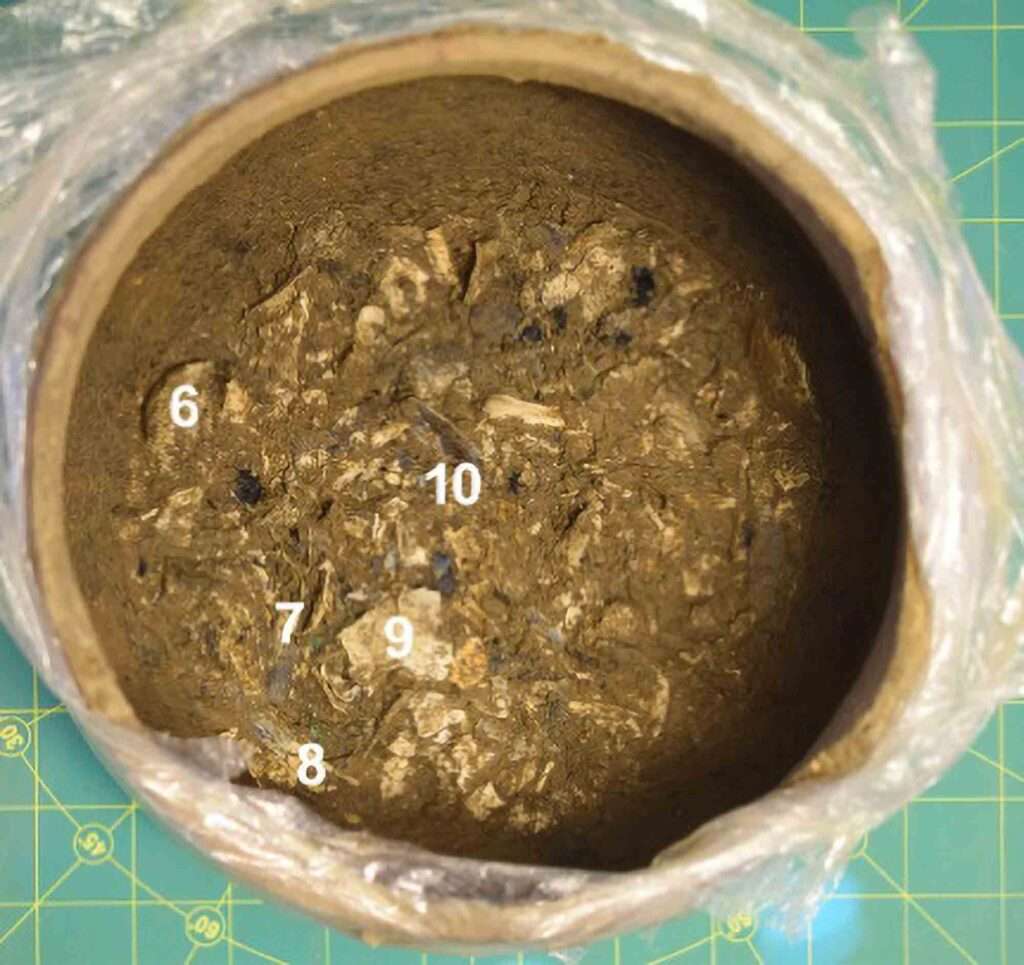
To find out more about the author, editor or agency that supplied this story – please click below.
Story By: Georgina Jadikovska, Sub-Editor: Marija Stojkoska, Agency: Newsflash
The Ananova page is created by and dedicated to professional, independent freelance journalists. It is a place for us to showcase our work. When our news is sold to our media partners, we will include the link here.

